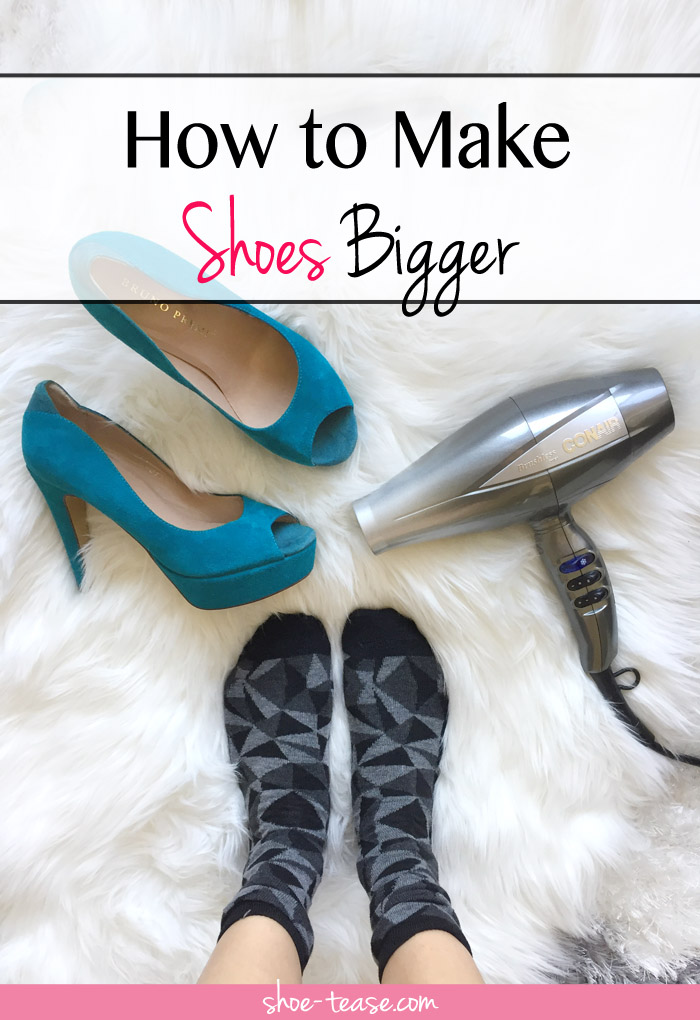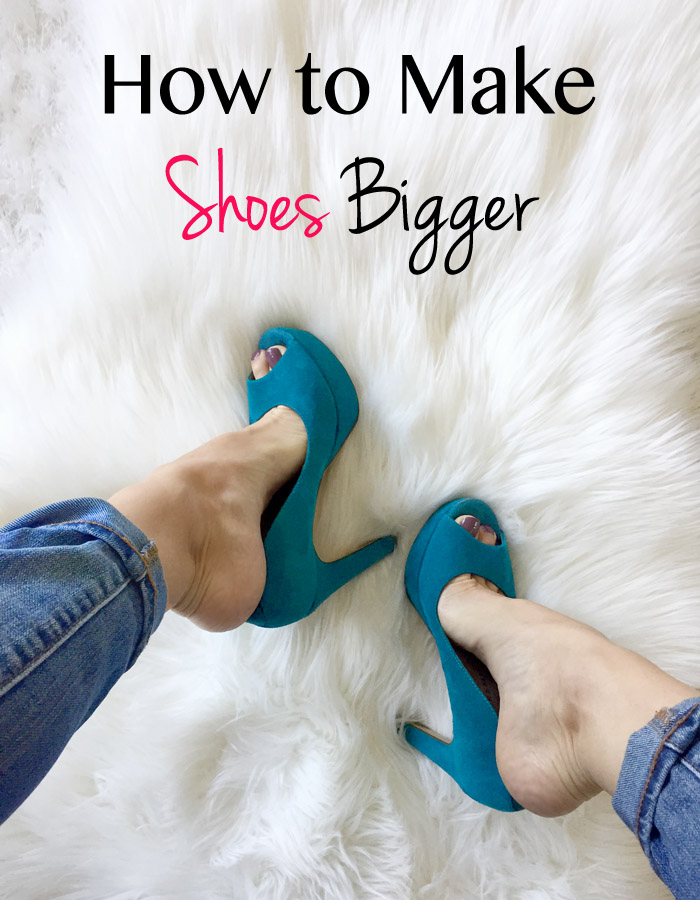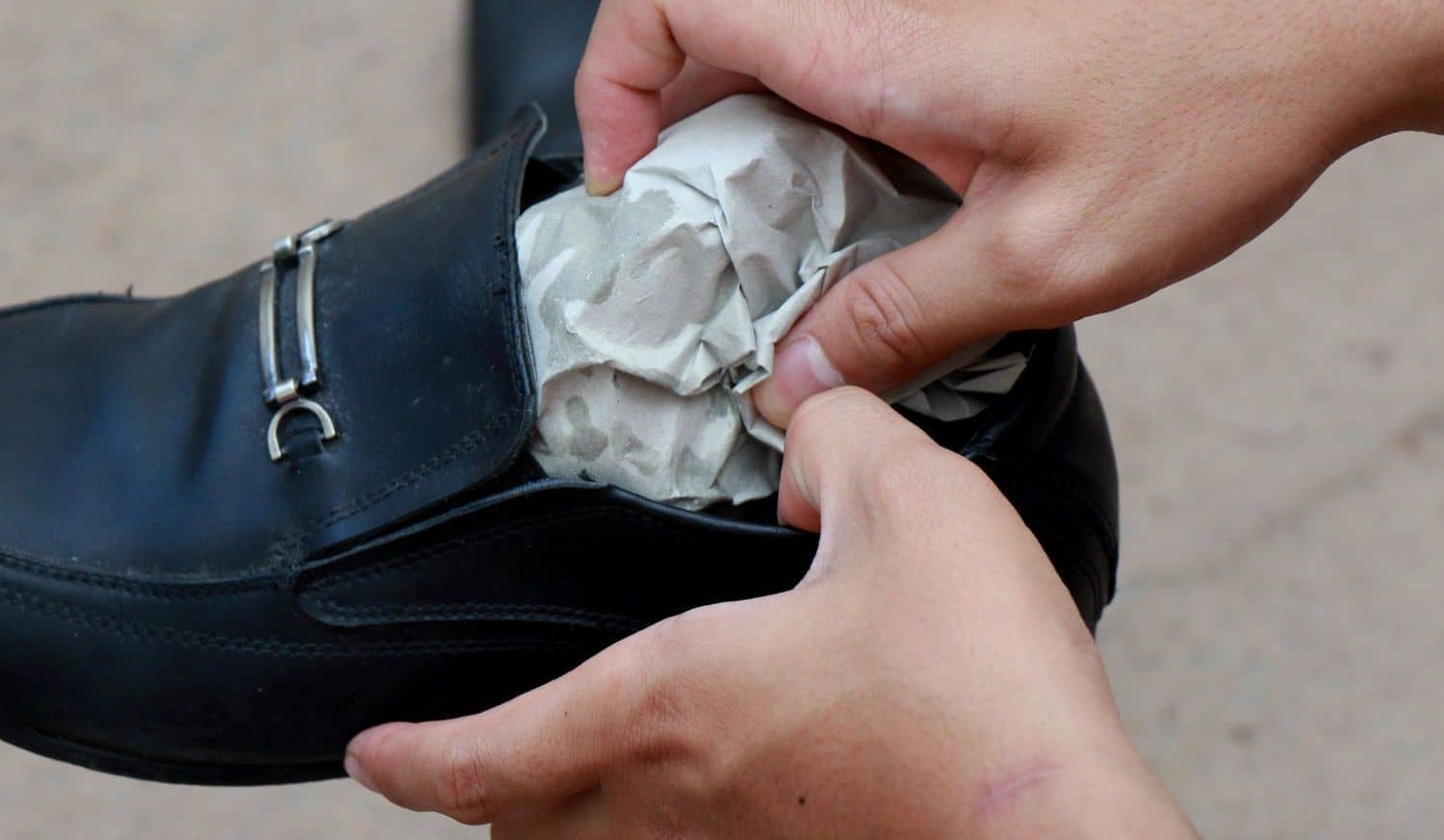Are your favorite shoes feeling a bit too snug? You’re not alone! Many shoe enthusiasts and fashion lovers face the challenge of uncomfortable footwear. Understanding how to stretch shoes wider is essential for anyone who values foot comfort while still wanting to look stylish. Let’s explore effective methods, tips, and real-life experiences to help you enjoy your shoes to the fullest!
The Importance of Comfort in Footwear
When it comes to footwear, comfort is equally as important as style. A study conducted by the American Orthopedic Foot & Ankle Society highlights that improper shoe sizing can lead to various foot ailments, including blisters, calluses, and even long-term conditions like bunions (source: AOFAS). Therefore, knowing how to stretch shoes wider not only enhances comfort but also promotes foot health.
Common Reasons for Tight Shoes
- Natural Foot Swelling: Throughout the day, our feet swell due to various factors, making initially comfortable shoes feel tight.
- Improper Sizing: Buying shoes that don’t fit correctly can lead to discomfort.
- Material Stiffness: Certain materials, like leather, may need time to soften and adapt to your foot shape.

Methods for Stretching Shoes Wider
There are various methods you can use to stretch your shoes. Here’s a comprehensive overview, with pros and cons for each technique.

1. Professional Shoe Stretching Services
Taking your shoes to a professional cobbler can be one of the most effective ways to ensure they are stretched correctly. Cobblers have specialized tools and expertise to stretch shoes without damaging them.

Pros:
- Highly effective results.
- No risk of damaging the shoes.
- Can adjust specific areas of the shoe.
Cons:
- Can be costly, with prices ranging from $10 to $50.
- May take time, often requiring a few days for the service.

2. DIY Shoe Stretching Techniques
If you prefer a more hands-on approach, several DIY methods can stretch your shoes wider without a hefty price tag. Here are some popular techniques:

2.1 Using a Shoe Stretcher
Shoe stretchers are devices specifically designed to stretch the width and length of shoes. They are available in various styles, including those with bunion plugs to target specific tight spots.

Pros:
- Cost-effective for repeated use.
- Customizable to fit your specific needs.
Cons:
- Results can vary based on shoe material.
- May take time to achieve desired width.

2.2 Freezing Method
Filling sealed plastic bags with water and placing them inside your shoes before freezing can effectively stretch them. As the water freezes, it expands, creating pressure that widens the shoes.

Pros:
- Inexpensive method using common household items.
- Effective for minor stretching.
Cons:
- Risk of water damage if bags leak.
- Not suitable for all materials (e.g., suede may be damaged).
2.3 Wearing Thick Socks
Wearing thick socks while walking around your home can help stretch shoes over time. This method is particularly helpful with leather shoes that tend to soften with wear.
Pros:
- Simple and no additional costs.
- Continues to stretch shoes as you wear them.
Cons:
- Results may take longer compared to other methods.
- Might feel uncomfortable during the stretching process.
3. Using Heat to Stretch Shoes
Applying heat can help to stretch shoes made of materials that respond well to warmth, such as leather. Using a hairdryer or heat gun can make the material more pliable and easier to stretch.
Pros:
- Fast method with visible results.
- Can be done at home with minimal tools.
Cons:
- Risk of damaging the shoe if overheated.
- Not suitable for synthetic materials.
Case Studies: Real-Life Experiences
Several shoe enthusiasts have tried various methods to stretch their shoes wider. Below are a couple of their experiences:
Case Study 1: Jenny’s Leather Boots
Jenny purchased beautiful leather boots online, only to find they were too tight. She decided to try the freezing method. She filled baggies with water, placed them in her boots, and put them in the freezer overnight. The next day, she was thrilled to find that her boots fit perfectly!
Case Study 2: Tom’s Running Shoes
Tom’s running shoes were a little snug, and he was worried about discomfort during his marathon training. He opted for a professional shoe stretching service. After a quick visit to the cobbler, he found his shoes incredibly comfortable and ready for his long runs.
Comparison Table: Shoe Stretching Methods
| Method | Cost | Time Required | Effectiveness | Risk of Damage |
|---|---|---|---|---|
| Professional Shoe Stretching | $10 – $50 | 1-3 days | High | Low |
| DIY Shoe Stretcher | $10 – $30 | 1-24 hours | Moderate | Low |
| Freezing Method | Free | 1-8 hours | Moderate | Medium |
| Wearing Thick Socks | Free | Days | Low | None |
| Heat Method | Free (hairdryer) | 5-30 minutes | High | High |
Tips for Maintaining Shoe Comfort
Stretching your shoes is just the beginning. Here are several tips to maintain comfort:
Invest in Quality Insoles
Insoles can make a significant difference in comfort. Opt for cushioned insoles or those specifically designed for arch support and comfort.
Rotate Your Footwear
Wearing the same pair of shoes every day can lead to uneven wear. Rotating shoes gives each pair time to breathe, extending their lifespan and comfort level.
Consider Shoe Care Products
Using products specifically designed for your shoe material can help maintain flexibility and comfort. For leather, consider using conditioner and protector sprays.
Product Highlights: Recommended Tools and Products
Here are a few products that can assist you in your shoe-stretching journey:
Shoe Stretchers
- XYZ Premium Wooden Shoe Stretcher: Ideal for wooden stretchers that last long and provide excellent results. Available on Amazon.
Shoe Stretch Spray
- ABC Stretch Spray: This product works wonders when combined with a stretcher and is effective on all types of material.
Frequently Asked Questions
1. Can all shoes be stretched?
Most shoes can be stretched, but materials like canvas and certain synthetics may not yield as well as leather and suede.
2. How long does shoe stretching last?
The effects can last several months, but regular wear and tear may require re-stretching.
3. Will stretching my shoes damage them?
If done correctly using recommended methods, stretching should not damage your shoes. However, excessive force or heat can lead to warping or cracking.
4. How can I tell if my shoes are the right size?
Your toes should barely touch the front of the shoe, and there should be about a thumb’s width of space between your heel and the back.
5. Is it better to stretch shoes myself or hire a professional?
It depends on your comfort level and the value of the shoes. For high-end or delicate styles, it’s safer to hire a professional.
6. How often should I stretch my shoes?
Stretching should be done when you feel discomfort, but avoid over-stretching, as it can weaken the shoe material.
7. Can shoe stretching help with bunions or other foot issues?
Stretching can alleviate some pressure but may not provide a permanent solution for foot conditions like bunions. Always consult a specialist.
8. How should I care for stretched shoes?
Regularly clean your shoes and use protectors and conditioners to maintain their shape and comfort.
9. Can I stretch suede shoes?
Yes, but with caution. It’s best to use a professional service or specialized sprays to avoid damaging the delicate material.
10. What is the best temperature for stretching shoes with heat?
Moderate heat is best; using a hairdryer on low heat is usually sufficient. Avoid direct, high heat to prevent damage.
Conclusion
Stretching your shoes wider can significantly enhance your comfort and overall footwear experience. Whether opting for professional services or trying DIY methods, understanding your shoes’ materials and your unique foot shape is crucial. With the right approach, you can enjoy your favorite pairs without sacrificing comfort. Happy shoe-wearing!